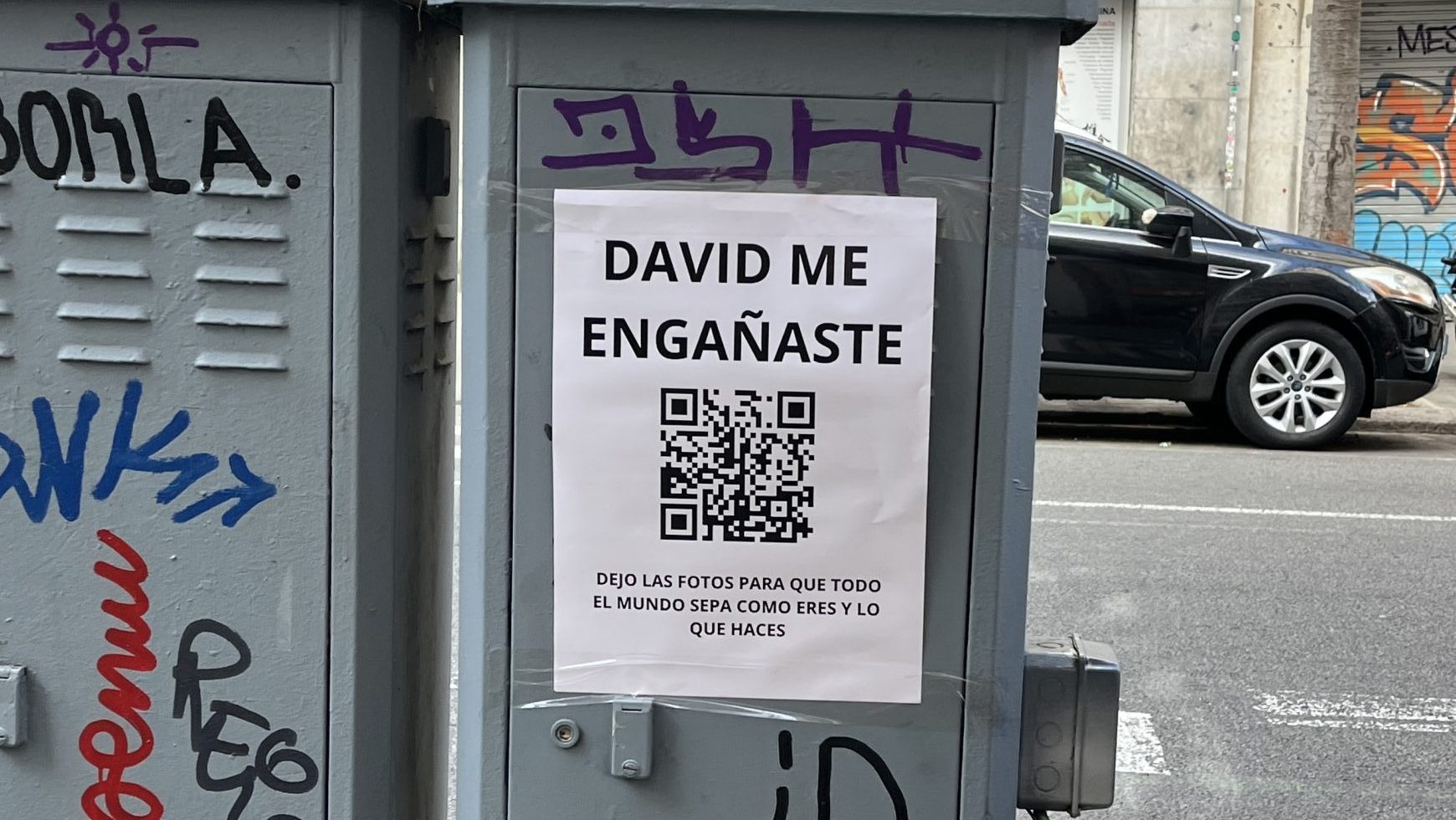In recent years, QR codes have become a common tool for quickly accessing information, making payments, and more. However, this popularity has also attracted cybercriminals looking to take advantage of unsuspecting users. One fraud method that has gained notoriety is QR code scams on the street, also known as qrishing.
Tabla de contenidos
This article explores in detail what these scams involve, how they operate, and most importantly, how to protect yourself from them.
What is Qrishing?
The term qrishing is a combination of “QR” and “phishing.” While traditional phishing involves tricking people into revealing confidential information through emails or fake websites, qrishing uses manipulated QR codes to achieve the same goal. By scanning a fraudulent QR code, the user may be directed to a fake website that mimics a legitimate one, where they are prompted to enter personal information or unknowingly download malware onto their device.
Recent cases of QR code scams on the street
In cities like Madrid and Barcelona, there has been a growing appearance of posters with intriguing messages designed to capture the attention of passersby. For example, phrases like “David, you deceived me. I’m leaving the photos here for everyone to see what you did” accompanied by a QR code have been reported multiple times. Instead of accessing the alleged photos, users who scan these codes are redirected to malicious websites that may compromise their device security and personal data.
Additionally, fake QR codes have been detected on ticket vending machines in various cities. These codes redirected users to fraudulent pages designed to steal banking information. Authorities have warned citizens about this type of scam and have increased monitoring of affected machines.

How do these scams work?
QR code scams on the street generally follow a similar pattern:
Creation of the fraudulent QR code
Scammers generate a QR code that, when scanned, redirects to a malicious website or initiates the download of harmful software onto the victim’s device. In some cases, these links may impersonate popular services such as banks, online stores, or social networks, making users lower their guard.
Strategic placement
These codes are placed in public areas such as lampposts, walls, bulletin boards, or vending machines. They are often accompanied by striking messages designed to spark curiosity or create a sense of urgency, such as supposed pending fines or promises of exclusive deals.
Deceiving the user
Upon scanning the code, the user is taken to a page that may request personal information, banking details, or attempt to install malware on their device. Many of these pages closely mimic legitimate websites, making the fraud difficult to detect at first glance.
Information theft
The provided information is collected by scammers and used for fraud, identity theft, or other criminal activities. In some cases, criminals may sell the data to third parties on the dark web, exposing the victim to future cyberattacks.

How to protect yourself from QR code scams?
To minimize the risk of falling victim to qrishing, consider the following recommendations:
Verify the source
Before scanning a QR code, ensure it comes from a reliable source. Avoid scanning codes from unknown origins or those placed in public locations without clear identification. If the code is on a sticker covering an original announcement, it could be a fraudulent alteration.
Inspect the code
Check whether the QR code has been tampered with. Scammers may paste a fake version over a legitimate code. If you notice the code is on a sticker or looks suspicious, avoid scanning it.
Disable automatic link opening
Set your device to not automatically open links when scanning a QR code. This allows you to review the URL before accessing it and detect if the web address looks strange or fraudulent.
Do not enter sensitive data
Never enter passwords, banking details, or other personal information on websites accessed through a QR code without first verifying its authenticity.
Update your device software
Keeping your operating system and applications updated helps protect against security vulnerabilities that criminals might exploit.

Conclusion
QR code scams on the street are a growing threat that can compromise the security of our devices and personal data. Prevention is key: staying informed, verifying the authenticity of codes before scanning them, and avoiding sharing sensitive information on unknown sites can make a difference.If you have been a victim of an online scam or need help protecting your digital reputation, RepScan can assist you. We offer specialized solutions to remove harmful content from the internet and provide cybersecurity advice. Contact us to find out how we can help you.
Photos, videos, negative reviews, or fake news can impact your image. We help you remove or deindex them. Leave your details and we’ll contact you.
Photos, videos, negative reviews, or fake news can impact your image. We help you remove or deindex them. Leave your details and we’ll contact you.








